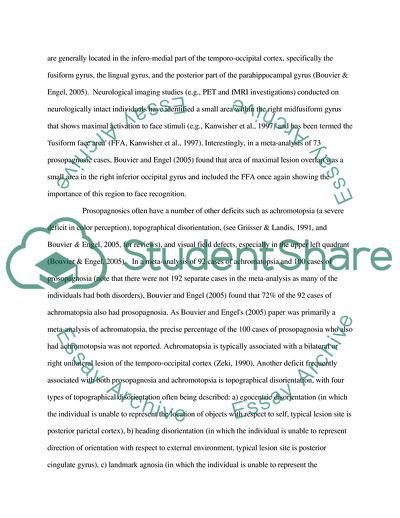Cite this document
(Prosopagnosia and Capgras Syndrome Term Paper Example | Topics and Well Written Essays - 1750 words, n.d.)
Prosopagnosia and Capgras Syndrome Term Paper Example | Topics and Well Written Essays - 1750 words. https://studentshare.org/health-sciences-medicine/1706574-discuss-the-relationship-between-prosopagnosia-and-capgras-syndrome
Prosopagnosia and Capgras Syndrome Term Paper Example | Topics and Well Written Essays - 1750 words. https://studentshare.org/health-sciences-medicine/1706574-discuss-the-relationship-between-prosopagnosia-and-capgras-syndrome
(Prosopagnosia and Capgras Syndrome Term Paper Example | Topics and Well Written Essays - 1750 Words)
Prosopagnosia and Capgras Syndrome Term Paper Example | Topics and Well Written Essays - 1750 Words. https://studentshare.org/health-sciences-medicine/1706574-discuss-the-relationship-between-prosopagnosia-and-capgras-syndrome.
Prosopagnosia and Capgras Syndrome Term Paper Example | Topics and Well Written Essays - 1750 Words. https://studentshare.org/health-sciences-medicine/1706574-discuss-the-relationship-between-prosopagnosia-and-capgras-syndrome.
“Prosopagnosia and Capgras Syndrome Term Paper Example | Topics and Well Written Essays - 1750 Words”. https://studentshare.org/health-sciences-medicine/1706574-discuss-the-relationship-between-prosopagnosia-and-capgras-syndrome.


